24 Types of Windows for Your Home
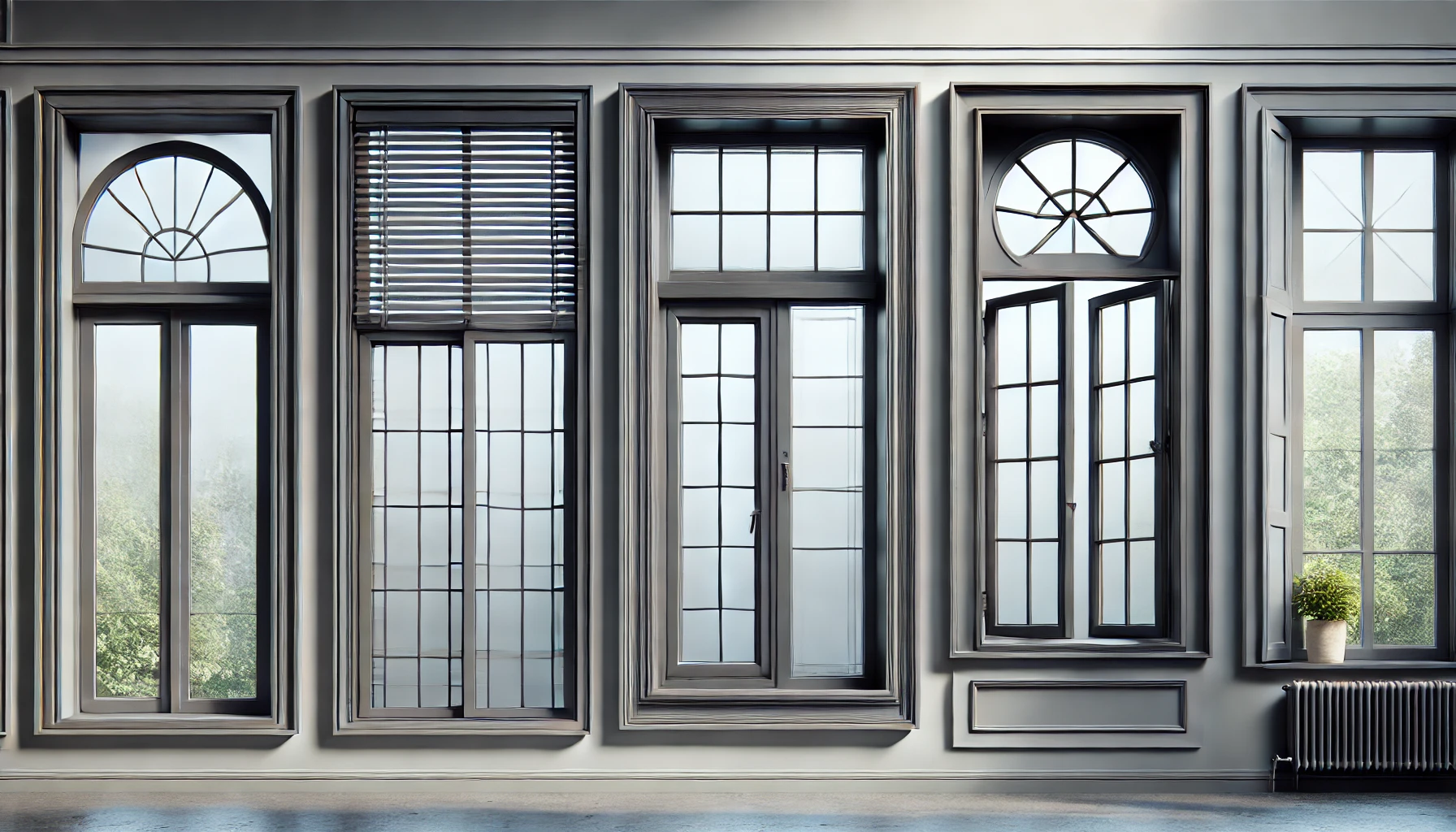
Windows are integral to a home’s design, playing both functional and aesthetic roles. The right window types not only brighten up your space but also improve ventilation, regulate indoor temperatures, and enhance the home’s curb appeal. Given the many options available, selecting the best window types can be a complex task, as each type has unique features, advantages, and ideal placements.
In this guide, we’ll help you with:
- A range of window types, including common, specialty, and architectural options
- Key considerations such as function, climate compatibility, budget, and materials
- Detailed descriptions for each window type
- Essential tips for energy efficiency, maintenance, and window placement
Types of Windows
Let’s explore the different types of windows, including their features, pros and cons.
This comprehensive breakdown will help you choose the right window types for your home.
Single-Hung Windows
A single-hung window features a stationary top sash and a bottom sash that slides vertically, providing a simple, space-saving design ideal for budget-conscious homeowners. Known for its affordability and low maintenance, this window style suits areas where space is limited, though it offers less ventilation since only the bottom sash opens. The single-hung design is a classic choice that balances functionality with a lower price point.
Best Uses: Ideal for smaller rooms, bathrooms, and budget-conscious projects.
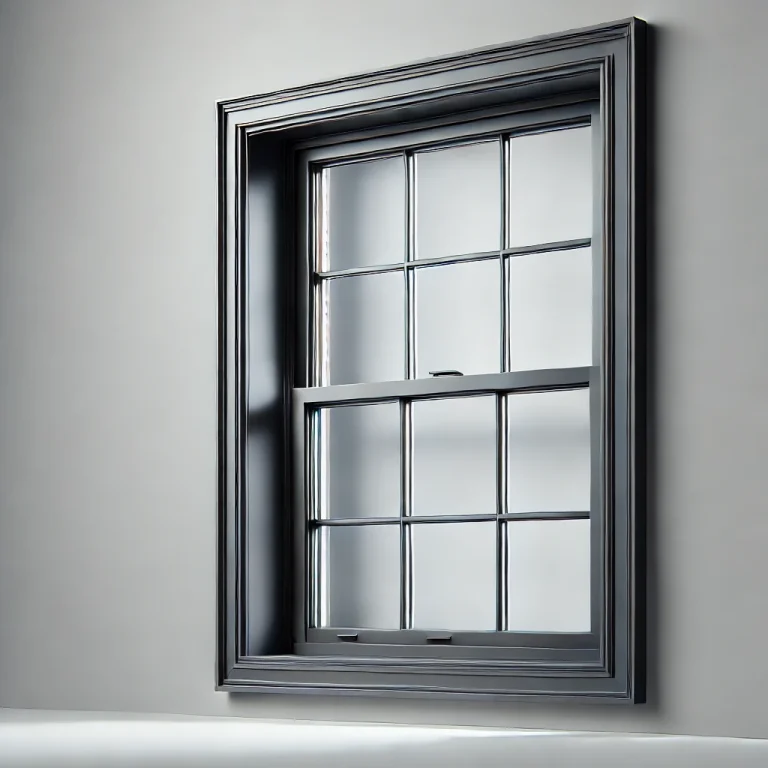
| Pros | Cons |
|---|---|
| Cost-effective and budget-friendly | Limited ventilation (only the bottom sash opens) |
| Easy to install and maintain | Hard to clean from the outside if on higher floors |
| Compact design fits small spaces |
Double-Hung Windows
Double-hung windows are similar to single-hung windows but offer more flexibility, as both the top and bottom sashes are operable. This design allows for increased ventilation options—air can flow in through the top and out through the bottom. Both sashes can also tilt inward, making cleaning easy and convenient, especially for upper floors. Double-hung windows are popular for their versatility and ease of maintenance.
Best Uses: Great for bedrooms, kitchens, and living spaces.
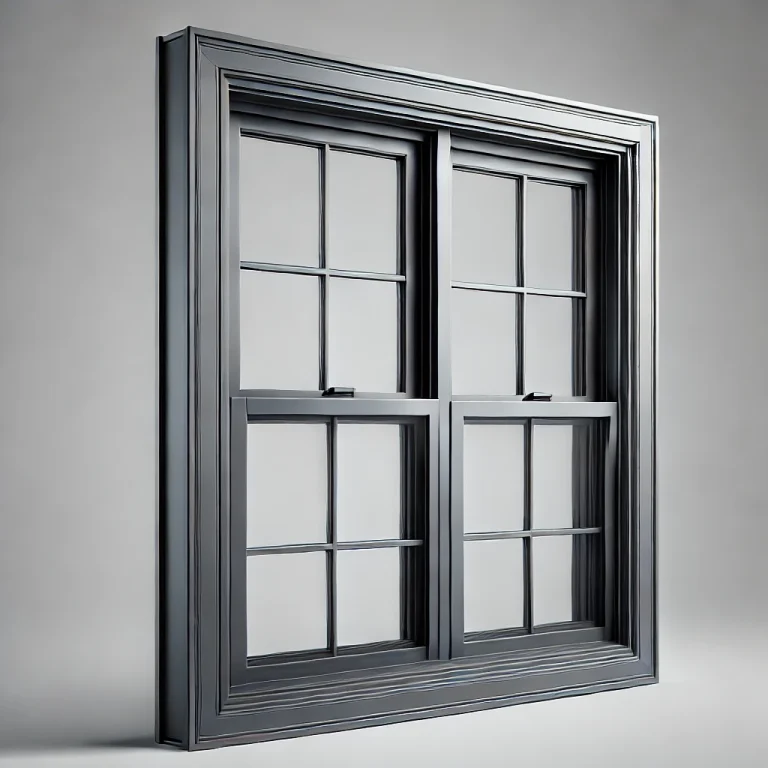
Best Brands for Single and Double-Hung Windows
Best brands to consider when choosing single and double hung windows include Andersen A Series Windows, Milgard Windows and Doors. These brands offer durable and energy-efficient options, with a variety of materials like vinyl, fiberglass, and wood.
| Pros | Cons |
|---|---|
| Increased ventilation control (both top and bottom sashes open) | More costly than single-hung windows |
| Easy to clean from the inside, even on upper floors | Seals may deteriorate over time, leading to potential air leakage |
| Fits well with most architectural styles |
Casement Windows
Casement windows are side-hinged and open outward, usually operated by a crank handle. This design allows them to open fully, maximizing ventilation and capturing breezes effectively. With no center sash or dividers, casement windows also provide clear, unobstructed views, making them an excellent choice for rooms where you want to enjoy scenic outdoor views or need optimal airflow. Their tight seal when closed also improves energy efficiency and sound insulation.
Best Uses: Kitchens, bathrooms, and hard-to-reach places.
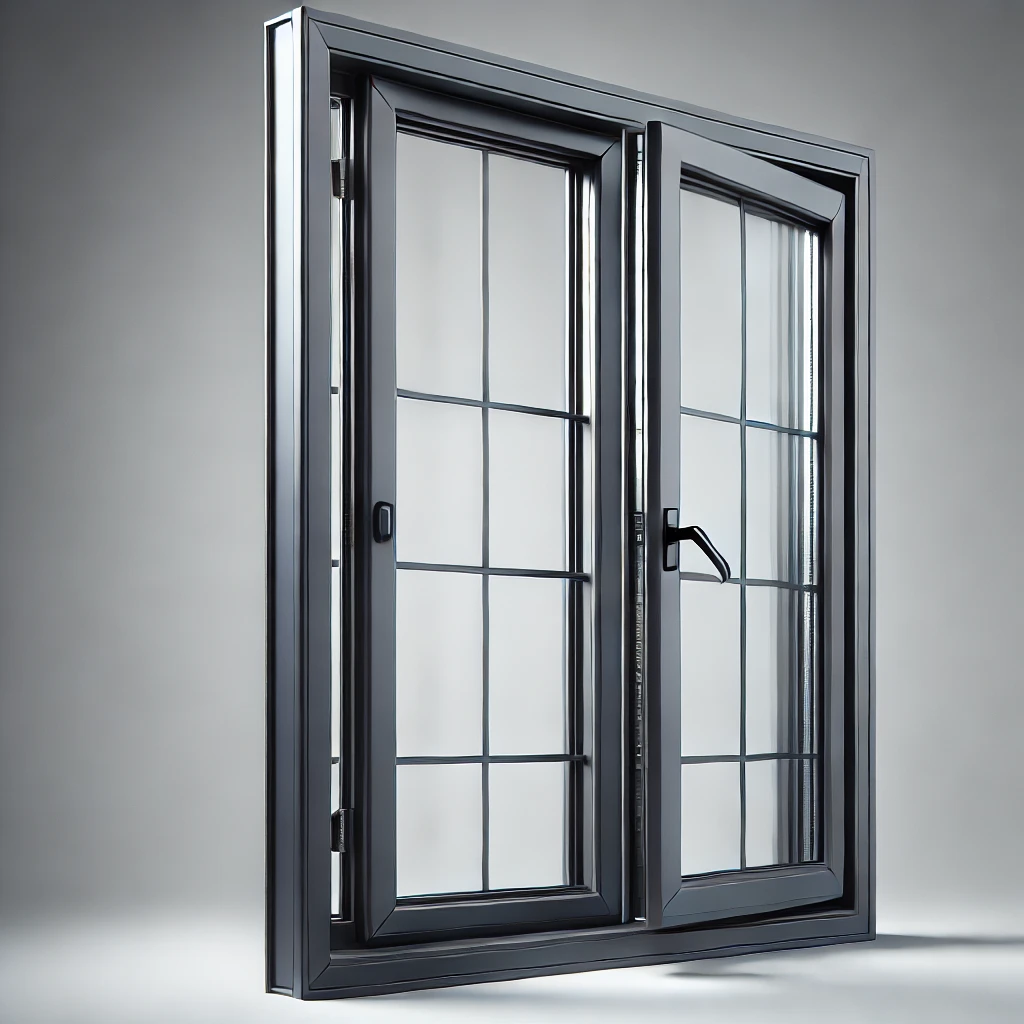
Best Brands for Casement Windows
Marvin is a top choice when choosing the best brand for casement windows. The Signature Ultimate series features an aluminum exterior and wood interior, while the Elevate series combines fiberglass and wood for better insulation and low maintenance.
| Pros | Cons |
|---|---|
| Excellent ventilation and tight seal for energy efficiency | Requires clearance to open outward |
| Clear, unobstructed views | Crank mechanisms may wear over time |
| Easy to operate with a crank |
Awning Windows
Awning windows are hinged at the top and open outward, forming a slanted “awning” effect that protects against rain while still allowing ventilation. This design makes them ideal for wet climates, as they can remain open in light rain without letting water in. Awning windows are often placed higher on walls for privacy and are commonly used in bathrooms, basements, or paired with larger, fixed windows to enhance airflow.
Best Uses: Bathrooms, basements, and high-wall placements.
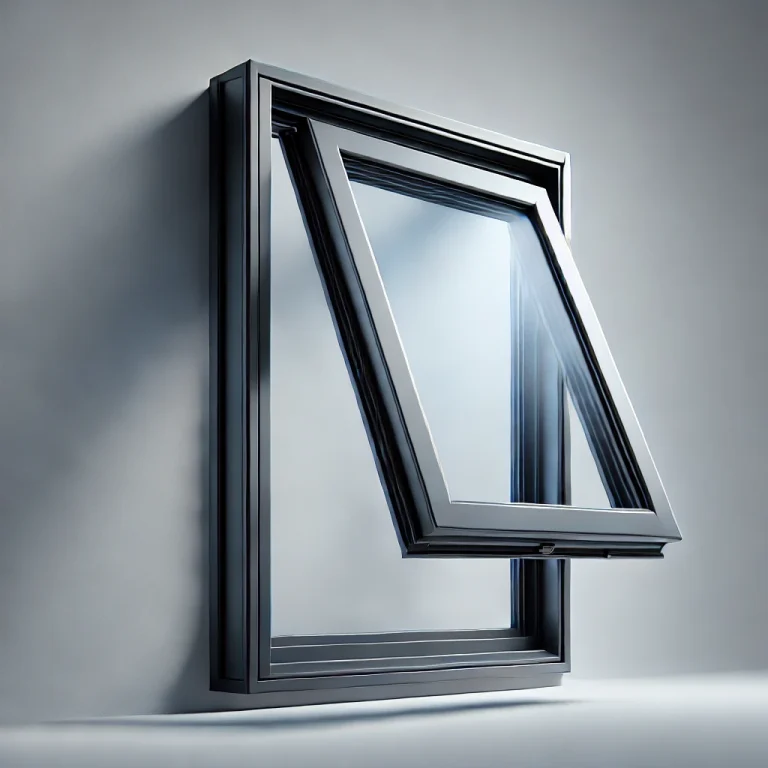
Best Brands for Awning Windows
Best Brands offering Awning Windows are Andersen and Ply Gem. You can consider Andersen 100 Series with Fibrex composite material that resists fading and peeling, A-Series for top weather resistance, and the E-Series with a low-maintenance aluminum exterior. Ply Gem provides awning windows in aluminum-clad wood, wood composite, and vinyl.
| Pros | Cons |
|---|---|
| Ideal for rainy climates (can stay open during rain) | Requires exterior space to open outward |
| Provides good ventilation while maintaining privacy | Limited size options |
| Often small and fits above doors or other windows |
Sliding Windows
Sliding windows open horizontally along a track, with one or more panels gliding past each other. This design provides a simple, easy-to-operate option that requires minimal effort to open and close. Known for their durability, sliding windows have fewer moving parts, making them a low-maintenance choice. They are often used in areas with wide wall spaces, offering expansive views and ample natural light.
Best Uses: Basements, small rooms, and modern or minimalist designs.
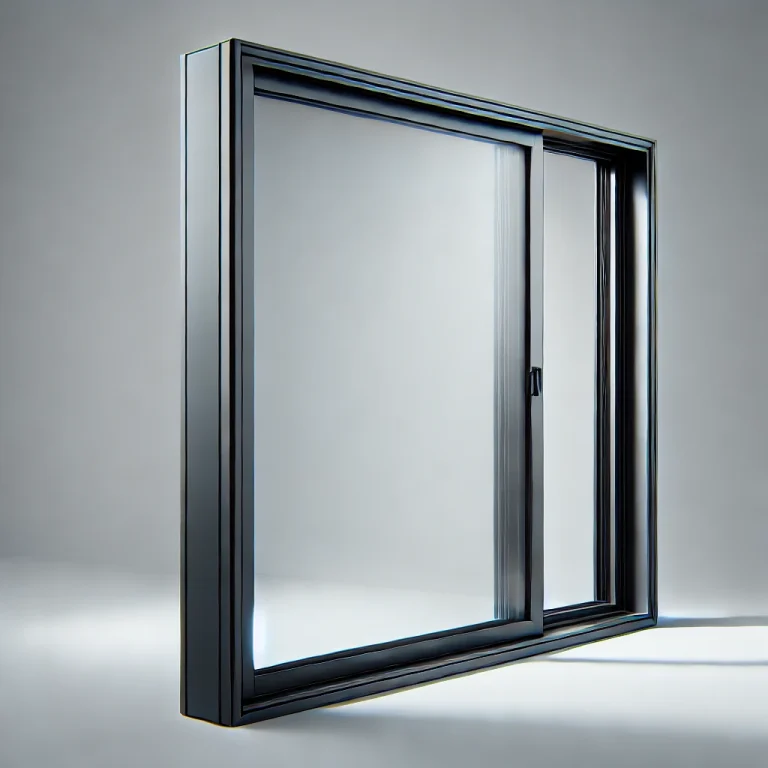
Best Brands for Sliding Windows
Andersen and Marvin are best when looking for high-quality sliding windows with extensive customization options. Andersen’s 400 Series offers a balance of style and energy efficiency, with frame colors from White to Bronze and glass options like Low-E4 and SmartSun™
| Pros | Cons |
|---|---|
| Great for wide, horizontal spaces | Limited ventilation (only half of the window can open) |
| Fewer mechanical issues due to simple design | Harder to clean from the outside |
| Affordable and low-maintenance |
Bay and Bow Windows
Bay windows feature three panels that extend outward, creating an angled look that adds depth and dimension to a room. In contrast, bow windows consist of four or more panels, arranged in a gentle curve that offers a more rounded appearance. Both styles enhance a room by bringing in additional natural light and providing extra interior space, perfect for a cozy reading nook or display area. These window types also add architectural interest and a sense of openness to any space.
Best Uses: Living rooms, dining rooms, and kitchens.
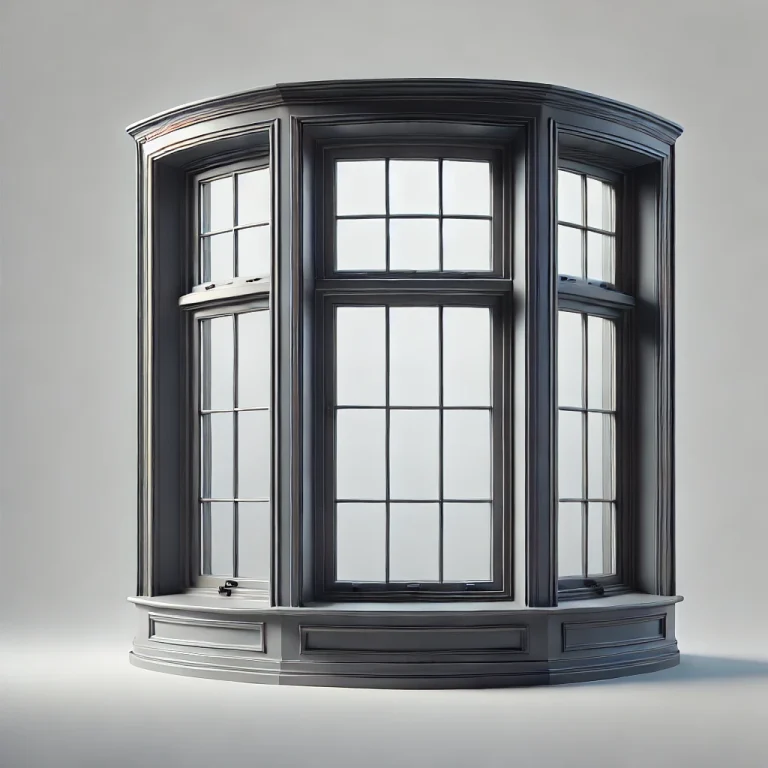
Best Brands for Bay and Bow Windows
| Pros | Cons |
|---|---|
| Creates extra interior space, often used for seating or decoration | Expensive to install, requiring structural support |
| Panoramic views and increased natural light | Maintenance can be challenging due to multiple panels |
Picture Windows
Picture windows are large, fixed windows that do not open, providing expansive, unobstructed views of the outdoors. Their stationary design allows for maximum natural light, making them ideal for rooms where ventilation isn’t a priority but where you want to highlight scenic views. Often used as focal points, picture windows add a sense of spaciousness and openness to interiors.
Best Uses: Living rooms, offices, and spaces with scenic views.
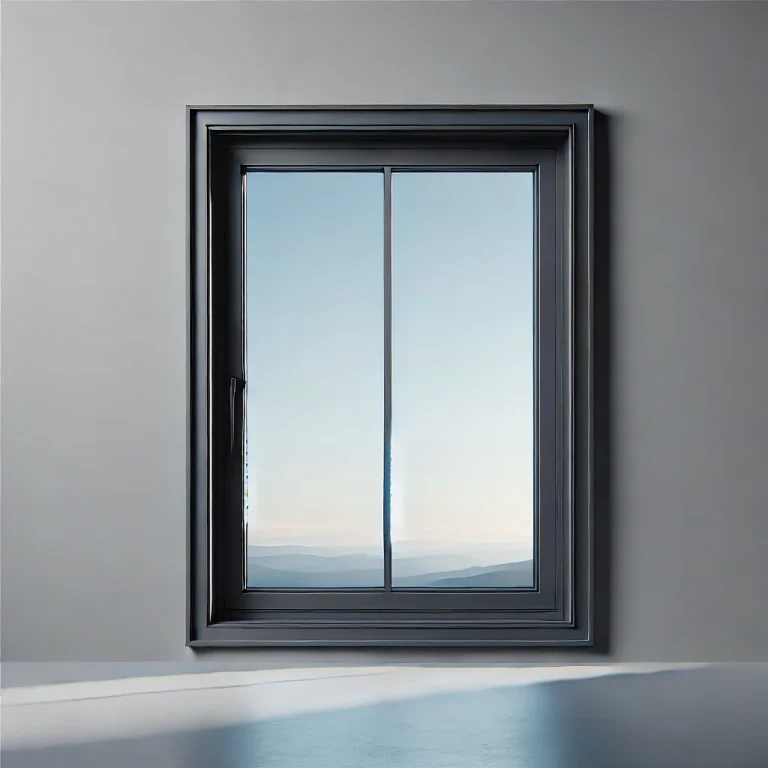
Garden Windows
Garden windows are smaller versions of bay windows designed for housing plants. They project outward from the wall, creating a mini-greenhouse effect, and typically feature built-in shelves for potted plants. With glass on all sides, garden windows allow ample sunlight, making them ideal for nurturing indoor greenery and herbs while adding charm to kitchens or other well-lit areas.
Best Uses: Kitchens, especially above sinks.
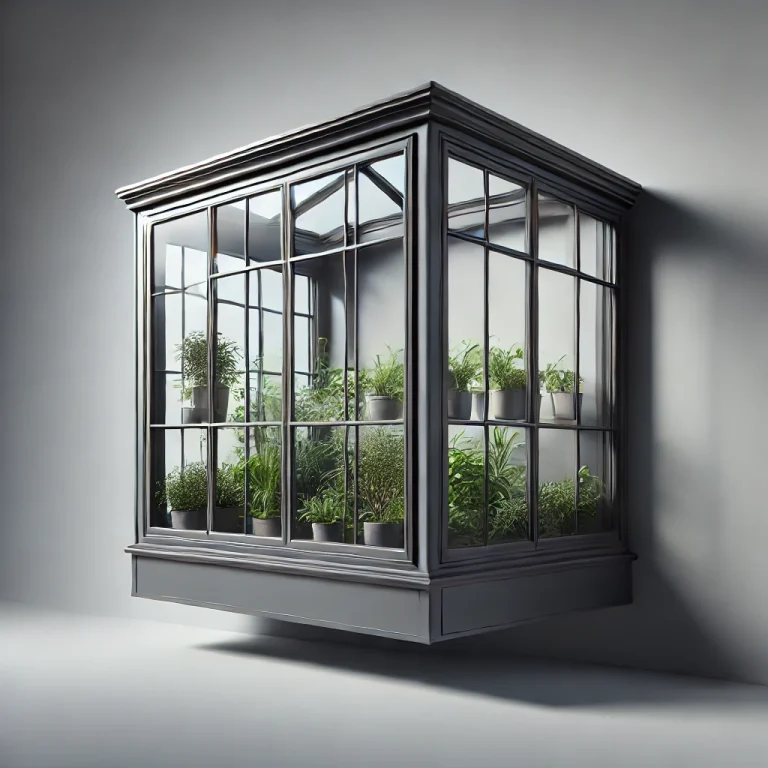
Best Brands for Garden Windows
Popular choices for garden windows include Milgard. They offer well-insulated, multi-pane designs with durable vinyl or aluminum frames for displaying plants and herbs.
| Pros | Cons |
|---|---|
| Allows natural light to enhance plant growth | Limited functionality, mainly decorative |
| Adds character to kitchens | Potential water leakage if not sealed properly |
Egress Windows
Egress windows are designed to be large enough for an adult to exit through in emergencies, providing a safe escape route. They are commonly required by building codes in basements and bedrooms to ensure a quick and accessible exit in case of fire or other emergencies. In addition to safety, egress windows also bring in natural light and ventilation to lower-level rooms.
Best Uses: Basements, bedrooms, and any room needing an emergency exit.
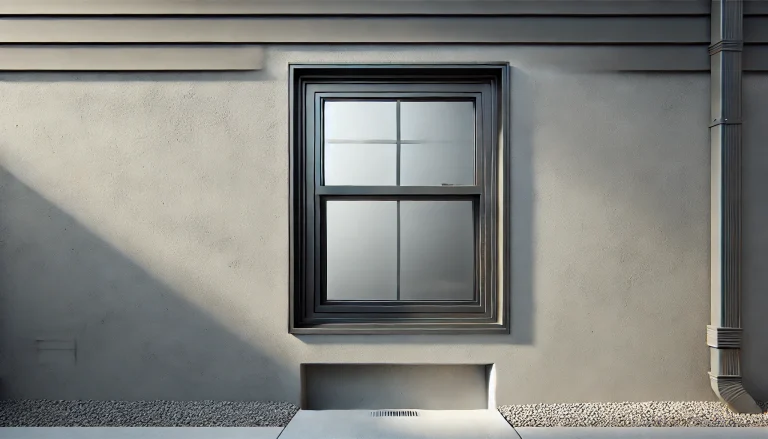
| Pros | Cons |
|---|---|
| Provides an emergency exit | High installation costs, especially in below-ground areas |
| Adds light and ventilation to basements |
Skylights Windows
Skylights are windows built into the roof, allowing natural light to enter from above. They brighten interior spaces, particularly those with limited wall windows, and can create an open, airy atmosphere. Skylights are popular in rooms like bathrooms, kitchens, and attics, enhancing both natural lighting and ventilation when vented options are used.
Best Uses: Bathrooms, kitchens, and rooms with high ceilings.
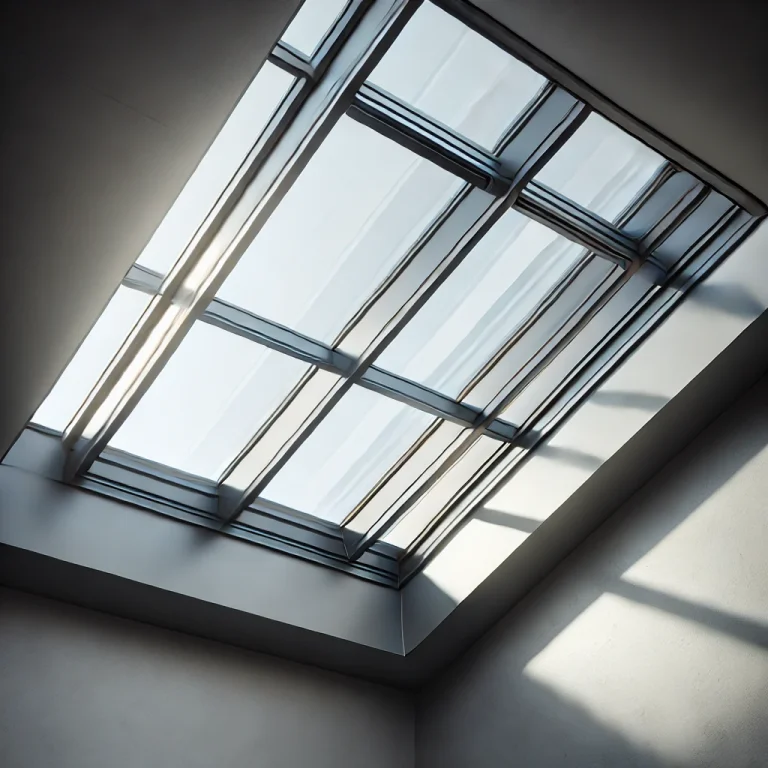
Best Brands for Skylight Windows
One of the leading brands for Skylight Windows is VELUX They provide durable, leak-resistant options, available in fixed and vented models with optional built-in blinds or UV protection
| Pros | Cons |
|---|---|
| Maximizes natural light, even in rooms with limited wall space | Prone to leaks if improperly installed |
| Can add a dramatic architectural element | Higher cost due to roofing modifications |
Transom Windows
Transom windows are small, horizontal windows positioned above doors or larger windows, typically used for decorative purposes. They add architectural charm and can bring extra natural light into a room without compromising privacy. In some cases, transom windows are operable, providing additional ventilation as well. Common in traditional and classic home designs, they enhance the visual appeal and openness of entryways and interior spaces.
Best Uses: Entryways, hallways, and above interior doors.
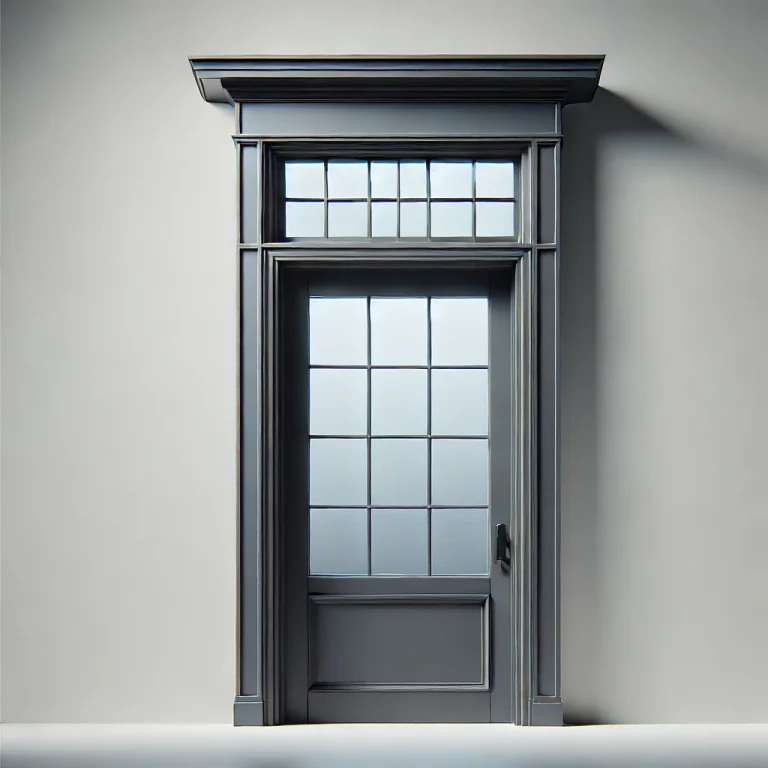
Best Brands for Transom Windows
Top brand for transom windows is Marvin. This manufacturer offers stylish, decorative, and energy-efficient options, available in fixed or operable designs.
| Pros | Cons |
|---|---|
| Adds architectural interest | Often non-operable, so no ventilation |
| Allows additional light into rooms |
Hopper Windows
Hopper windows are hinged at the bottom and open inward from the top, creating a downward tilt when open. This design makes them ideal for basements and bathrooms, where they allow ventilation while maintaining privacy and security. Hopper windows are compact, easy to operate, and effective at keeping out rain when partially opened. Their inward opening also makes them simple to clean from the inside.
Best Uses: Basements and small bathrooms.
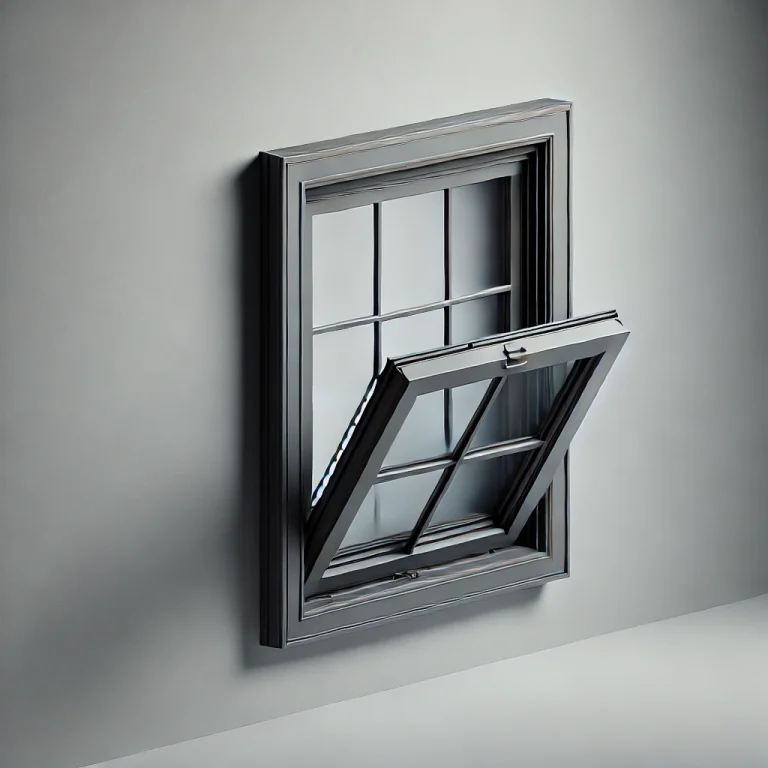
Best Brands for Hopper Windows
Best Brand for Hopper Windows is Ply Gem. They provide compact, easy-to-operate designs with strong locks and weather-tight seals.
| Pros | Cons |
|---|---|
| Opens inward for controlled airflow | Smaller size may reduce natural light. |
| Accessible from indoors, even in hard-to-reach spots | Inward swing can interfere with interior space. |
| Compact design maintains privacy and security. | May allow water in during heavy rain if left open. |
Jalousie (Louvered) Windows
Jalousie windows, also known as louvered windows, are made up of horizontal glass slats that open and close like blinds. Operated with a crank, the slats can be adjusted to control airflow, allowing for excellent ventilation even in humid climates. This style is popular in warm regions, as it promotes consistent air circulation while providing partial protection from rain when partially open. Jalousie windows offer a retro aesthetic and are commonly found in sunrooms, porches, and tropical settings.
Best Uses: Sunrooms, porches, tropical climates.
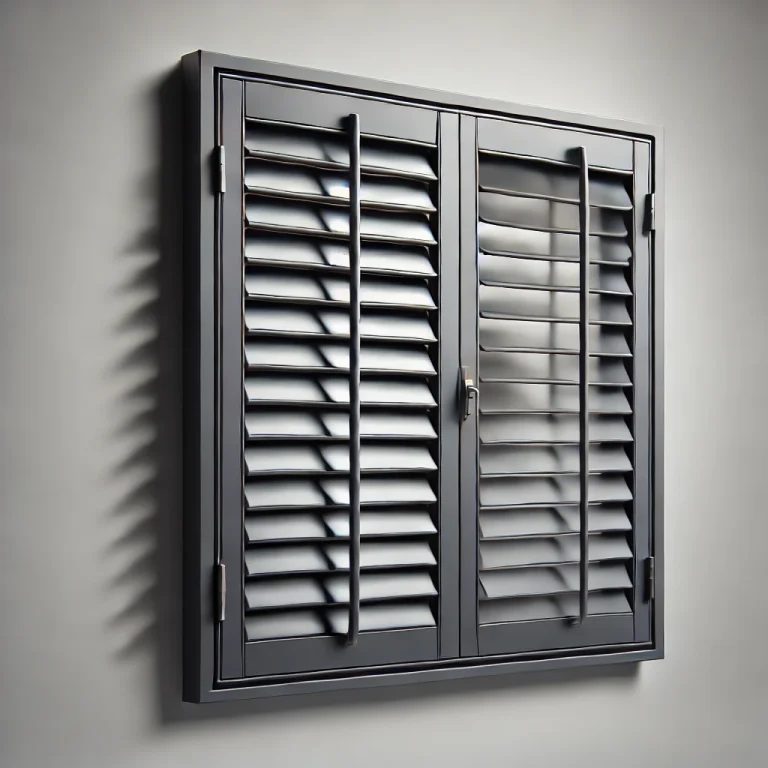
| Pros | Cons |
|---|---|
| Adjustable slats allow for strong airflow, ideal in warm climates. | Poor at blocking heat or cold, making them less energy-efficient. |
| Can remain partially open for ventilation, even in light rain. | Individual glass slats can be more vulnerable to break-ins. |
| Adds a retro or tropical aesthetic to spaces. | Multiple moving parts and slats require regular cleaning and upkeep. |
Glass Block Windows
Glass block windows are constructed from thick, often frosted or textured glass blocks that provide privacy while still allowing natural light to filter through. They are typically non-operable and used in areas where visibility needs to be limited, such as bathrooms or basements. The design offers a modern, durable, and low-maintenance solution that enhances security while adding a unique architectural element to the space.
Best Uses: Bathrooms, basements.
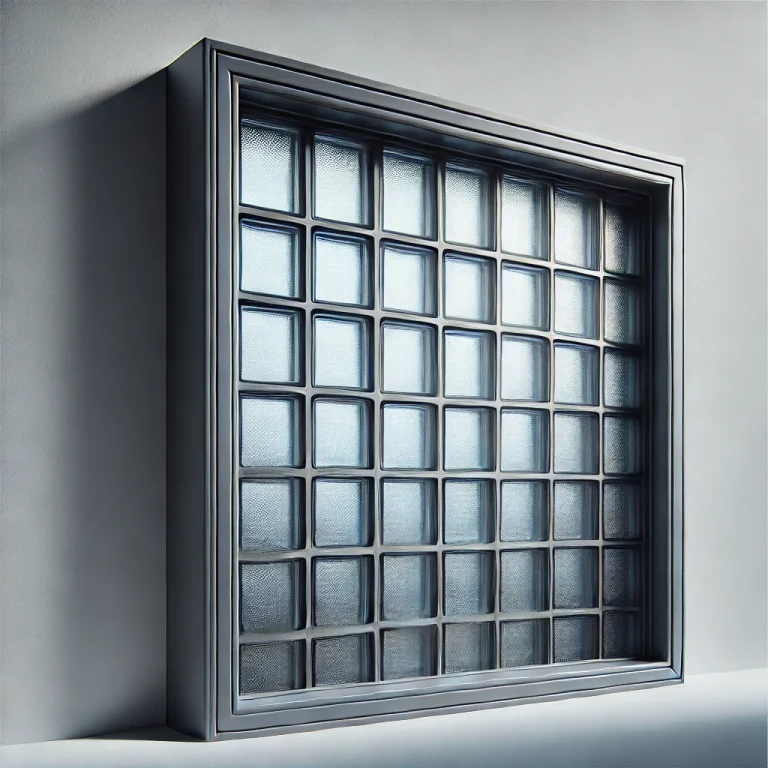
| Pros | Cons |
|---|---|
| Frosted or textured blocks provide privacy while letting in light. | Typically non-operable, so they don’t provide airflow. |
| Thick glass blocks are strong, offering added security. | More expensive and labor-intensive to install than standard windows. |
| Provides good insulation, keeping spaces cooler or warmer as needed. | Their fixed, opaque look may not suit all aesthetics. |
Pivot Windows
Pivot windows rotate on a central hinge, allowing the window to pivot horizontally or vertically within the frame. This unique design enables maximum ventilation and easy cleaning access from both sides, as the window can fully rotate. Often used in modern or industrial-style spaces, pivot windows make a bold architectural statement while providing functional airflow control. Their rotation mechanism also offers flexibility in directing breezes into the room.
Best Uses: Modern homes and unique designs.
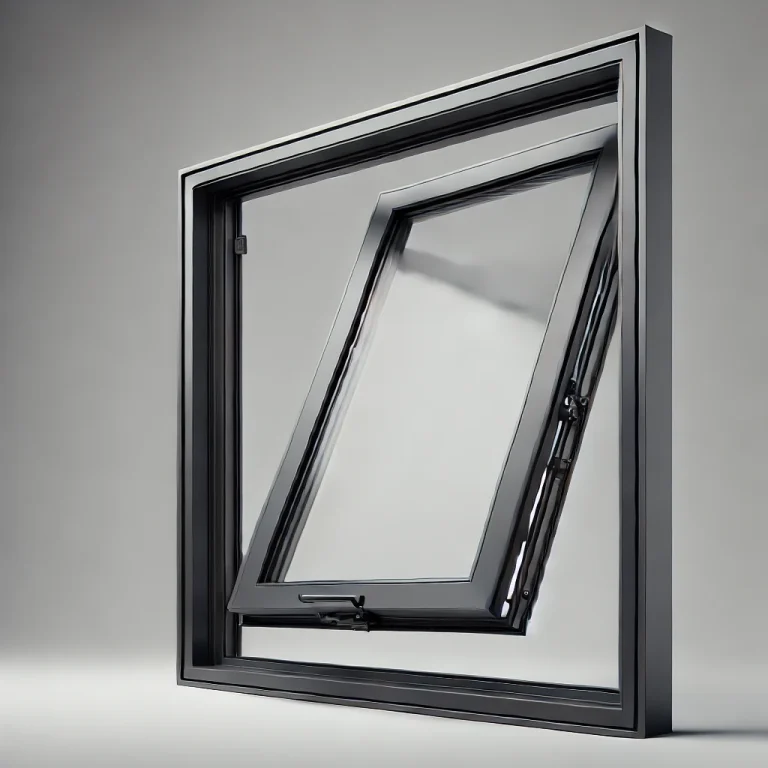
| Pros | Cons |
|---|---|
| Rotates fully on a central hinge, allowing maximum airflow. | Needs clearance inside and outside to rotate without obstruction. |
| Pivot design enables cleaning both sides of the glass from inside. | More intricate mechanisms may lead to higher maintenance costs. |
| Offers a sleek, contemporary look that enhances architectural style. | Large openings can be less secure if not properly secured. |
Center Pivot Windows
Center pivot windows are unique, modern windows that rotate around a central hinge, allowing the entire window to pivot open within its frame. This design provides maximum ventilation, as the window can be opened fully to let in fresh air from multiple angles. Center pivot windows are easy to clean from the inside, as both sides of the glass are accessible without needing to go outside. Their sleek, functional look makes them popular in modern or industrial home designs, offering a bold architectural feature.
Best Use: Living rooms, offices, or kitchens in contemporary or industrial-style homes, especially where easy ventilation is needed.
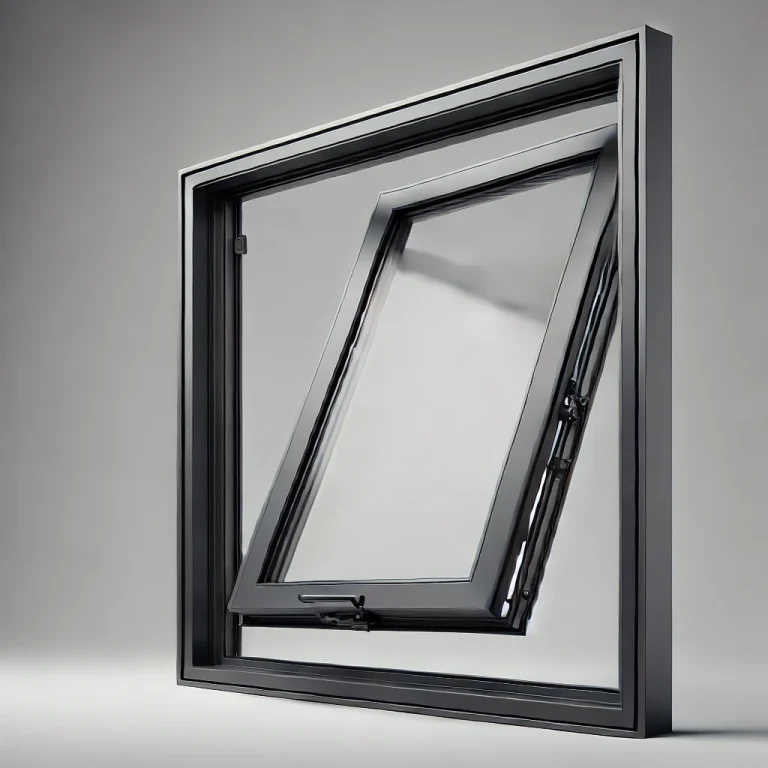
| Pros | Cons |
|---|---|
| Excellent ventilation | Requires clearance to pivot |
| Easy to clean both sides | Complex hardware may need maintenance |
| Unique modern design | Less energy-efficient when open |
Storm Windows
Storm windows are secondary windows installed either on the exterior or interior of an existing window, primarily for added insulation and protection against extreme weather. They are often used in colder climates to reduce drafts and improve energy efficiency by adding an extra layer between the interior and exterior. Storm windows also reduce noise, making them a good choice for homes in busy or urban areas. Although they can be installed seasonally or permanently, they are generally kept up year-round in areas with severe weather.
Best Use: Ideal for bedrooms, living rooms, or any room where insulation and soundproofing are priorities, especially in colder or high-wind areas.
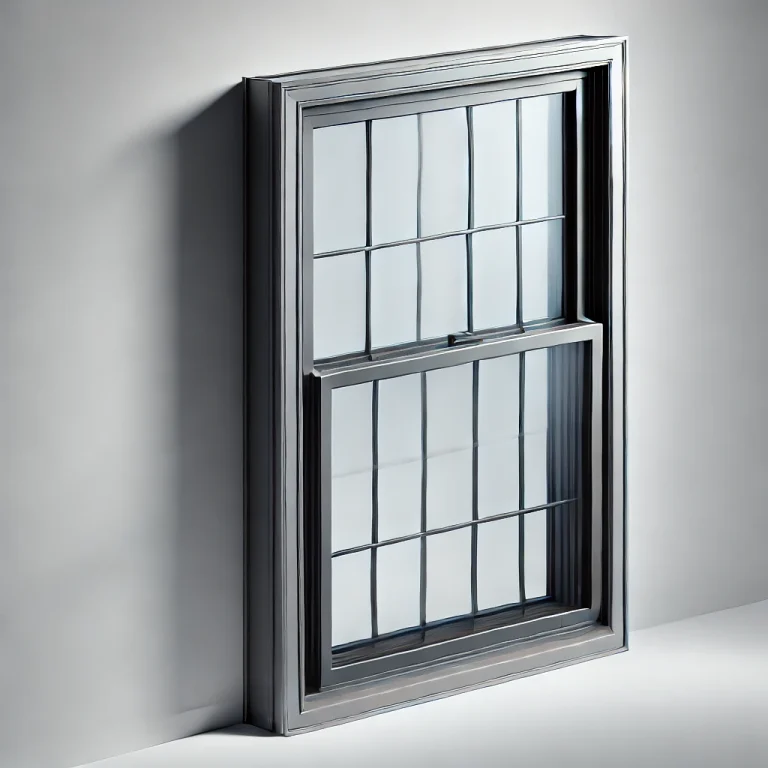
Best Brands for Storm Windows
| Pros | Cons |
|---|---|
| Increases energy efficiency | Adds bulk to windows |
| Protects against harsh weather | Requires seasonal installation |
| Reduces noise pollution | Can limit window aesthetics |
Round Windows
Round windows, also called circular or porthole windows, are circular fixed windows that add a unique decorative element to any room. They are often used to create a distinctive architectural look, particularly in spaces where a traditional rectangular window wouldn’t fit the style. Round windows don’t typically open, so they are mainly used for visual appeal and to bring in additional light in areas that don’t need ventilation.
Best Use: Bathrooms, hallways, staircases, or accent walls where adding light and a unique design element is desired.
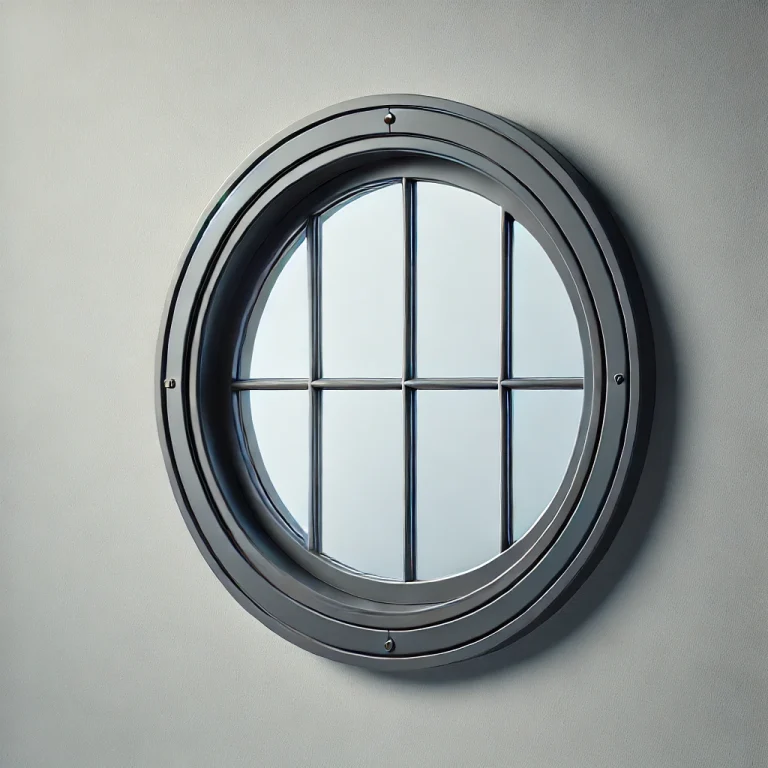
| Pros | Cons |
|---|---|
| Adds architectural interest | Limited to fixed designs |
| Maximizes natural light | Cannot provide ventilation |
| Works in various styles | Limited size and placement options |
Radius Windows
Radius windows are windows with a rounded top and a flat bottom, creating an arched shape. They are often used as decorative windows above doors, larger windows, or entryways to add elegance and softness to the room’s design. These windows are usually fixed, so they don’t provide ventilation but bring in additional natural light. Radius windows can be custom-made to fit different sizes, making them a versatile choice for classic or traditional home designs.
Best Use: Entryways, living rooms, or any area with traditional or classic architectural design where additional light and style are desired.
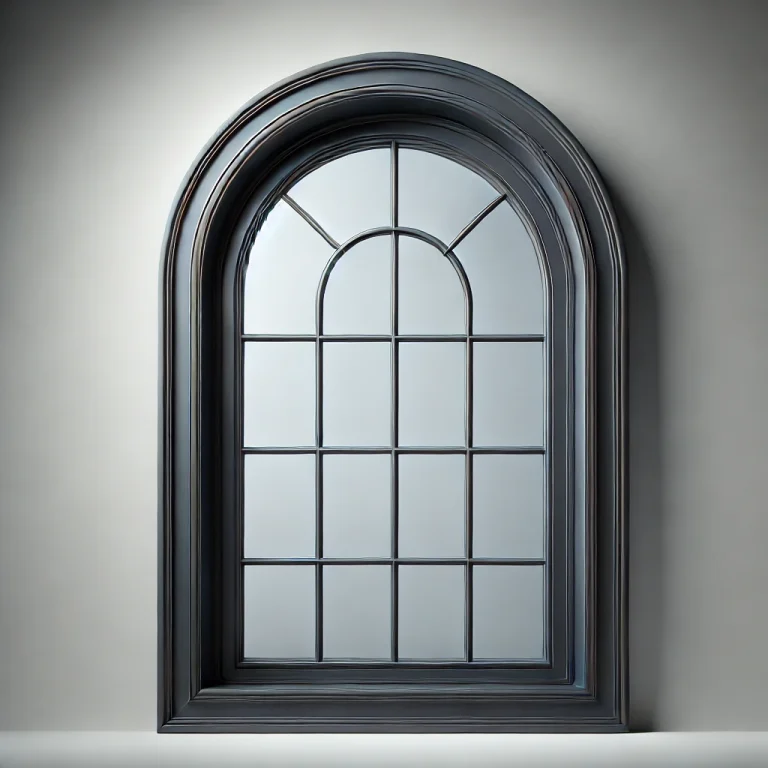
Best Brands for Round and Radius Windows
If you need round or radius windows, consider Andersen, Marvin, and Windsor Windows & Doors.
| Pros | Cons |
|---|---|
| Adds elegance and visual appeal | Non-operable in most cases |
| Enhances natural light | Limited customization options |
| Complements arched architecture | Can be more expensive to install |
Lunette (Half-Moon) Windows
Lunette windows, also known as half-moon windows, are semi-circular windows often placed above doors or other windows to bring in extra light. Their half-circle shape adds a charming, unique look to the home’s interior and exterior. While typically fixed and non-operable, they work well for decorative purposes in spaces where additional natural light is needed without compromising privacy.
Best Use: Entryways, living rooms, and above doors for decorative purposes, particularly in traditional or classic home designs.
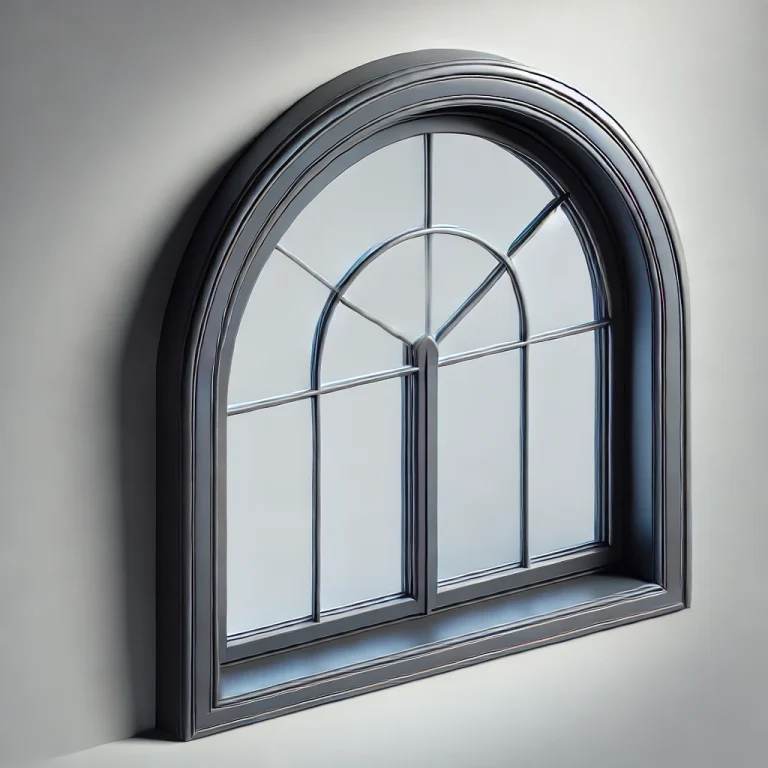
| Pros | Cons |
|---|---|
| Adds natural light and charm | Usually fixed and non-operable |
| Complements traditional designs | Limited to certain architectural styles |
| Easy to fit above doors or windows | Less flexible in placement |
Dormer Windows
Dormer windows are vertically set windows that project out from a sloped roof, creating extra space and adding character to a home’s exterior. They are commonly used in attic or loft areas to bring in natural light and ventilation, making these spaces more livable. Dormer windows come in various styles (e.g., gable, shed, hipped) and add a cozy, charming look to the home’s architecture while providing additional headroom and usable space.
Best Use: Attics, loft spaces, and upper-floor bedrooms with sloped ceilings that need light, ventilation, and additional space.
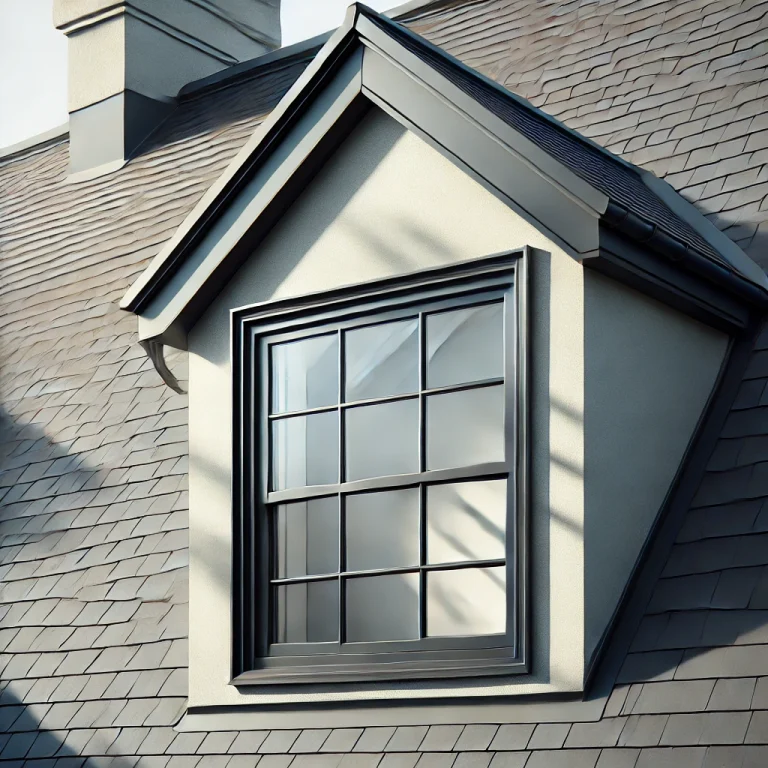
Best Brands for Dormer Windows
Andersen provide excellent choices of Dormer windows that integrate well with designs, offering high-performance insulation.
| Pros | Cons |
|---|---|
| Adds natural light and ventilation | Complex and costly installation |
| Increases interior space | May require structural reinforcement |
| Enhances curb appeal | Can reduce roof insulation efficiency |
Oriel Windows
Oriel windows are a type of bay window found on upper floors, projecting outward from the wall without extending to the ground. They are supported by brackets or corbels and provide additional space and natural light. Historically found in Victorian and Gothic architecture, oriel windows are often used as a decorative element that adds architectural interest to the exterior and interior of a building.
Best Use: Upper-level rooms, such as living rooms, reading nooks, or bedrooms, where added space and light are desired.
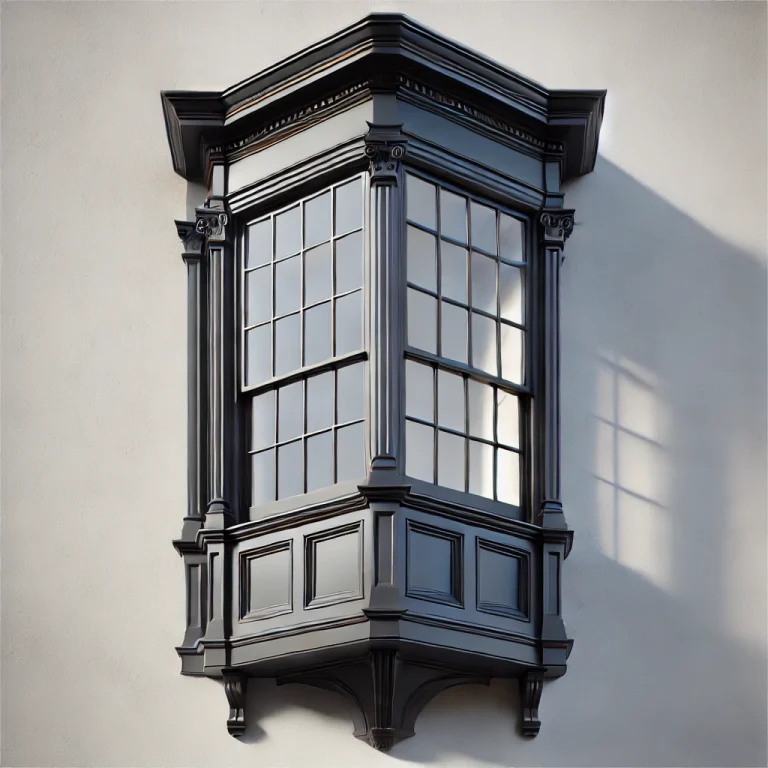
| Pros | Cons |
|---|---|
| Adds interior space and natural light | Requires structural support |
| Enhances exterior aesthetics | Higher cost due to design complexity |
| Ideal for adding seating or display | May limit privacy |
Cottage Windows
Cottage windows are known for their charming, rustic design, typically featuring a larger bottom sash and a smaller top sash. They often have a grid or divided pane design, evoking a traditional or country-style aesthetic. Cottage windows bring a cozy feel to any room and are ideal for homes aiming for a rustic or vintage look. While they offer light and a view, ventilation may be somewhat limited.
Best Use: Bedrooms, kitchens, and living rooms in cottages or traditional-style homes.
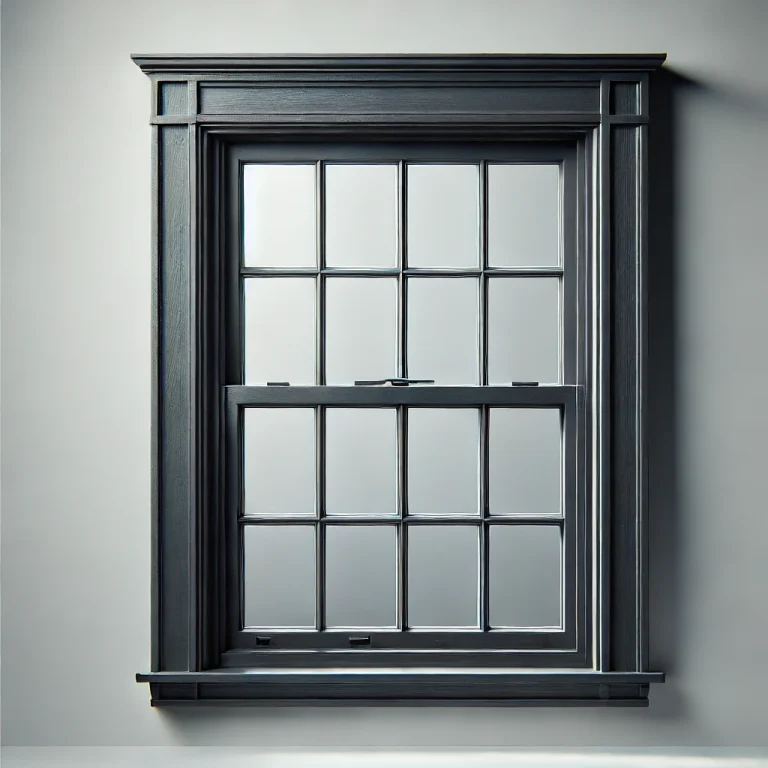
| Pros | Cons |
|---|---|
| Classic, rustic aesthetic | Limited ventilation compared to larger windows |
| Provides good light flow | Less suitable for modern homes |
| Adds character to rooms | May not suit contemporary architecture |
Two-Panel Slider Windows
Two-panel slider windows consist of two panes, with one or both sliding horizontally along a track. They provide wide, unobstructed views and ample natural light. This style is easy to operate, low-maintenance, and works well in rooms with limited vertical space. Their sleek, functional design is well-suited for modern or minimalist aesthetics.
Best Use: Living rooms, kitchens, and hallways in modern or minimalist homes, especially in spaces with wide walls.

| Pros | Cons |
|---|---|
| Easy to operate | Tracks require regular cleaning |
| Good for wide walls and natural light | Limited to horizontal openings |
| Low-maintenance with fewer parts | Less energy-efficient when open |
Comparison Chart of Window Types
| Window Type | Ventilation | Energy Efficiency | Maintenance | Typical Use | Cost Range |
|---|---|---|---|---|---|
| Single-Hung | Low | Moderate | Low | Small rooms, bathrooms | $100 - $350 |
| Double-Hung | High | Moderate | Moderate | Bedrooms, kitchens | $200 - $600 |
| Casement | High | High | Moderate | Kitchens, bathrooms | $150 - $1,000 |
| Awning | Moderate | High | Moderate | Bathrooms, basements | $200 - $1,200 |
| Sliding | Moderate | Moderate | Low | Basements, contemporary homes | $150 - $800 |
| Bay | High | Low | High | Living rooms, dining rooms | $900 - $7,000 |
| Bow | High | Low | High | Living rooms, kitchens | $1,500 - $10,000 |
| Picture | None | High | Low | Living rooms, scenic areas | $300 - $1,500 |
| Garden | Low | Moderate | High | Kitchens, plant display | $1,000 - $4,000 |
| Egress | High | Moderate | Moderate | Basements, bedrooms | $1,500 - $5,000 |
| Skylight | Moderate | Low | High | Bathrooms, high ceilings | $500 - $3,000 |
| Transom | Low | Moderate | Low | Entryways, hallways | $200 - $1,000 |
| Hopper | Moderate | Moderate | Low | Basements, bathrooms | $150 - $600 |
| Jalousie | High | Low | Low | Sunrooms, tropical climates | $150 - $700 |
| Glass Block | None | High | Low | Bathrooms, basements | $400 - $1,200 |
| Pivot | High | Moderate | Moderate | Modern homes, large spaces | $400 - $1,500 |
| Specialty Shapes | None | High | Low | Entryways, accent pieces | $300 - $2,000 |
| Round Windows | None | High | Low | Entryways, accent pieces | $300 - $1,500 |
| Radius Windows | None | High | Low | Entryways, grand rooms | $300 - $1,500 |
| Lunette (Half-Moon) | None | High | Low | Entryways, above doors/windows | $300 - $1,500 |
| Dormer Windows | Moderate | Moderate | Moderate | Attics, upper-story rooms | $1,000 - $5,000 |
| Oriel Windows | Low | Moderate | Moderate | Upper-story rooms, scenic views | $800 - $3,000 |
| Cottage Windows | Moderate | Moderate | Moderate | Cottages, historic homes | $200 - $600 |
| Two-Panel Slider | Moderate | Moderate | Low | Basements, wide wall spaces | $150 - $800 |
Key Factors for Choosing a Window
When choosing between different types of windows for your home, considering various factors can greatly influence comfort, aesthetics, and functionality. By analyzing aspects like functionality, climate compatibility, and budget, you can narrow down the options that align with your needs and lifestyle. Understanding how each factor affects window performance ensures you’ll make an informed choice.
Functionality and Purpose
Determine the primary role of each window type in your space. Windows serve not only as sources of light and ventilation but also as important architectural and privacy elements:
- Ventilation: Consider windows such as casement or awning styles, which open fully to let in maximum airflow.
- Natural Light: Larger fixed windows like picture or bay windows are great for lighting up rooms but do not open for ventilation.
- Aesthetic Value: Uniquely shaped windows, such as round, arched, or bay windows, create visual interest and add character to your home.
- Privacy: For areas requiring privacy, such as bathrooms, small awning or glass block windows are ideal, letting in light while obscuring visibility.
Climate Compatibility
The climate in your region plays a vital role in determining which windows are most suitable. Different window types perform better under various environmental conditions:
- Rainy Climates: Awning windows are a great option, as they can be opened slightly even during rain without letting water in.
- Windy Areas: Casement windows, with their strong seal when closed, can withstand high winds and offer added security in blustery conditions.
- Hot Climates: Jalousie windows, which open in a way that promotes airflow, are ideal for humid or warm areas as they allow for better ventilation.
- Cold Climates: Insulated options like double-pane or triple-pane windows help maintain indoor warmth and reduce energy costs by providing better temperature control.
Budget Range and Materials
Windows comes in a variety of price ranges and materials, each suited to different budgets and maintenance preferences:
- Affordable Options: Single-hung and sliding windows are more economical choices that provide basic functionality without high costs.
- Higher-End Choices: Bay, bow, and custom-shaped windows often have a higher price tag but can dramatically enhance the aesthetics of your home.
- Vinyl: Known for its durability and low-maintenance nature, vinyl is also a budget-friendly choice with good insulation properties.
- Wood: Offers natural beauty and a classic look, but requires periodic maintenance to prevent wear and warping.
- Fiberglass: Highly durable and energy-efficient, fiberglass windows are a long-lasting option that offers excellent insulation.
- Aluminum: While strong and lightweight, aluminum is less effective at insulating compared to other materials, making it better for milder climates.
Energy-Efficient Window Options
When choosing the right type of windows for your home, energy efficiency is a crucial factor that can greatly impact comfort and utility costs. Modern energy-efficient windows are designed to minimize heat transfer, reduce UV damage, and provide better insulation, keeping your home warm in winter and cool in summer. Consider the following features to maximize energy efficiency:
- Double/Triple Pane Glass: Better insulation, reducing heat transfer.
- Low-E Coating: Reflects heat and reduces UV damage.
- Gas Fills (Argon/Krypton): Insulates the space between glass panes.
- Energy Star Certification: Ensures windows meet energy-saving standards.
Maintenance and Longevity Tips
Keeping windows in excellent condition is key to ensuring they perform well and stand the test of time. Regular maintenance not only enhance their appearance but also preserves their functionality, helping to prevent issues like drafts, leaks, and difficulty in operation. By dedicating a bit of time to upkeep, you can extend the longevity of your windows, maintaining both comfort and energy efficiency in your home.
- Cleaning: Regularly clean glass and frames.
- Lubrication: Apply lubricant to moving parts.
- Weatherstripping: Inspect seals and replace as needed to prevent leaks.
Window Placement and Design Tips
Strategic window placement and design can transform the look, feel, and efficiency of your home. Here are some key considerations:
- Functional Placement: Align windows with the specific needs of each room. Awning windows work well in bathrooms for privacy and ventilation, while bay windows add light and depth to living spaces. In kitchens, consider casement windows above countertops for easy opening.
- Architectural Harmony: Choose styles that complement your home’s design. Arched or gridded windows suit traditional homes, while large picture or floor-to-ceiling windows create a sleek, modern feel. Matching window styles with architecture enhances overall curb appeal.
- Energy Efficiency: Position windows to take advantage of natural light and seasonal breezes. South-facing windows bring in winter sun, while shaded or tinted options on west-facing walls can block excess summer heat.
- Privacy and Views: Place windows to frame the best outdoor views, while ensuring privacy in areas like bedrooms and bathrooms. Frosted or higher-placed windows can maintain privacy without sacrificing light.
With thoughtful window placement and design, you’ll enhance your home’s comfort, style, and energy efficiency, creating a well-balanced and inviting space.
Conclusion
Choosing the right types of windows can significantly impact the beauty, comfort, and energy efficiency of your home. Whether you’re interested in the simplicity of single-hung windows, the classic charm of bay windows, or the modern appeal of pivot windows, each type offers unique benefits and considerations. By assessing your needs, budget, climate, and architectural style, you can select windows that best suit your space.
Remember that professional installation is essential to maximize your windows’ performance and lifespan. With the right window types and placements, you can transform your home into a more functional, beautiful, and energy-efficient living space.
Frequently Asked Questions
The most popular window types for homes include double-hung, casement, sliding, awning, and bay windows. Each style offers unique features suited for different aesthetics and functionality.
Energy-efficient windows typically have double or triple-pane glass, low-E coatings, and insulated frames. Casement and awning windows are often considered highly energy-efficient due to their tight seal.
Casement and double-hung windows are popular for ventilation. Casement windows open fully to allow maximum airflow, while double-hung windows can be opened from both the top and bottom.
For living rooms and bedrooms, bay or double-hung windows are popular for style and light. Bathrooms often benefit from awning or frosted windows for privacy, while kitchens may have casement or sliding windows for ease of use.
Single-hung windows have a fixed top sash and a movable bottom sash, while double-hung windows allow both sashes to move. Double-hung windows offer more flexibility for ventilation and easier cleaning.
